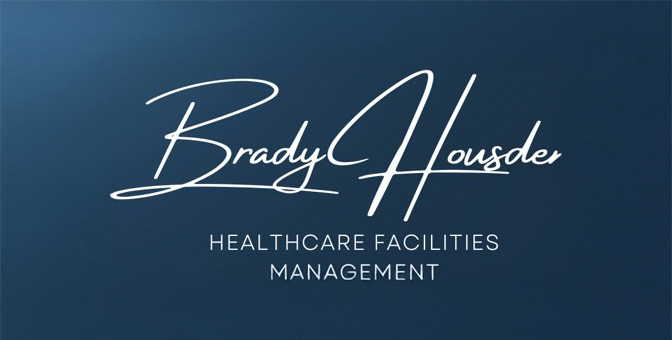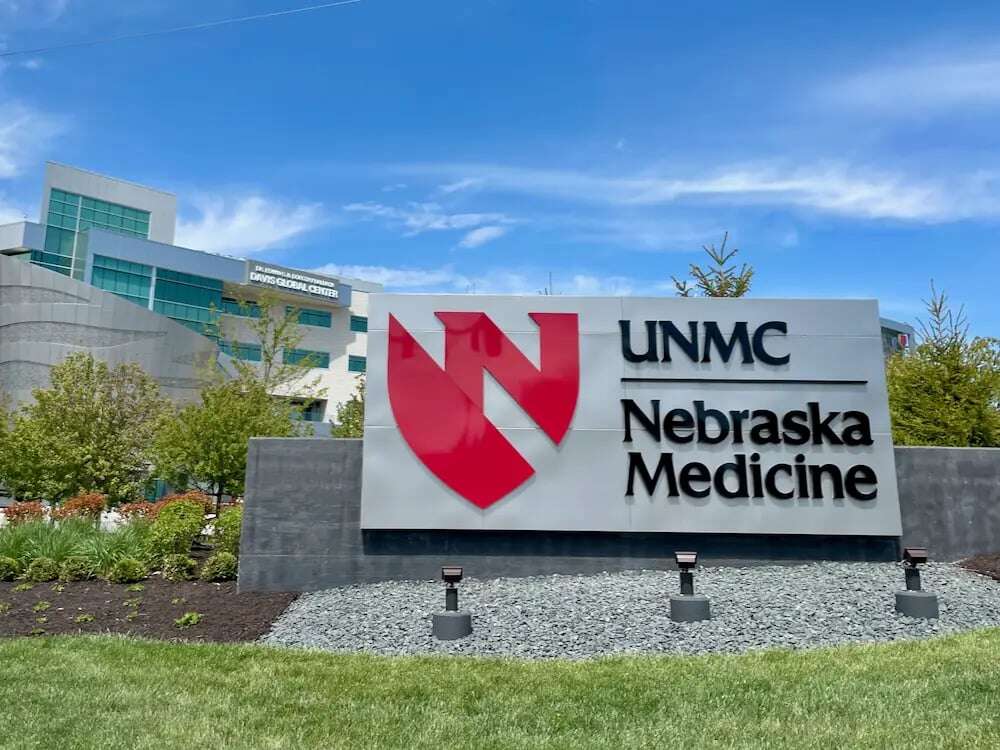
Medical Center Institutes Programs and Policies to Ensure the Integrity of Increasingly Sophisticated Fire and Life Safety Systems

Industry
Healthcare
Challenge
In large multiple-building campuses such as the Borgess Medical Center, providing fire and life safety continues to evolve as the complexity of its facilities changes. With building and fire codes annually becoming more stringent in all aspects of life safety systems, Borgess Medical Center recently committed $1.7 million to ensuring its fire safety systems were fully compliant with changing regulatory and accreditation agency requirements.
Key Products
EZ-Path Fire-rated Pathways, Firestop Instructional Training

About Borgess Health
Borgess Health, a member of Ascension Health, is a comprehensive health system serving southwest and south central Michigan. With more than 120 sites of care, including eight owned or affiliated hospitals, the integrated network serves more than 1.1 million residents across the region.One of the most serious issues facing any hospital or healthcare facility is the threat of fire. According to the National Fire Protection Association (NFPA) about 7,000 fires in healthcare facilities are reported each year. These grim statistics explain why healthcare facilities are governed by strict codes and equipped with sophisticated fire and life safety systems.
In large multiple-building campuses such as the Borgess Medical Center, providing fire and life safety continues to evolve as the complexity of its facilities changes. With building and fire codes annually becoming more stringent in all aspects of life safety systems, Borgess Medical Center recently committed $1.7 million to ensuring its fire safety systems were fully compliant with changing regulatory and accreditation agency requirements.
The plan included assessing the integrity of the hospital’s fire barriers, providing training for contractors, maintenance staff and management personnel in firestopping technology, and instituting a fire barrier management program to prevent any future problems.
The Importance of Fire Barriers
Horizontal fire barriers and smoke resistant walls are critically important issues in hospitals and healthcare facilities. In the event of a fire, flames can spread from compartment to compartment following a path within walls, floors and ceilings passing through unsealed joints and mechanical penetrations. If a designated smoke compartment is compromised with unsealed penetrations, then the safety of the staff, visitors, and patients are at risk during horizontal evacuation to the next safety zone or fire compartment.
An assessment of the Medical Center’s fire barriers showed that some mechanical penetrations in fire-resistant rated assemblies were in need of positive sealing. Building codes require third-party tested firestop systems to be installed whenever fire-rated construction is compromised by such openings. The job of firestopping the penetrations was awarded to local contractor B.L Harroun and Sons.
Borgess Required Firestop Instructional Training
Since firestopping is an integral part of fire protection and an increasingly complex endeavor, the hospital’s facility management team determined that contractors, maintenance staff and management personnel should receive firestop instructional training (FITSM) before any firestopping began. They specified FIT Level I training for staff installing any firestop products and FIT Level II training for on-site foremen managing the project.
Training Broadened Understanding of Firestopping Expectations
Kelly Mason, National Healthcare Manager at STI, along with Borgess’ Manager of Maintenance and Engineering, Greg Widener (a certified FIT Level II trainer), conducted the training. Widener commented that the training “Increased the awareness of Borgess’ internal trades and they can now quickly recognize if a contractor or approved installer is choosing the correct product and system and is installing it properly.”
The training provided the maintenance staff with a better understanding of firestopping techniques, uses and product changes. It assured that discrepancies for product application were discussed prior to installation and placed accountability on the contractor. The Borgess facility team required that each penetration be labeled with a unique identifier to track entry at a later time through the penetration. This information was posted to a spreadsheet program for future sorting of locations or by type of product utilized.
STI Products Offered Widest Choice of UL Classified Systems
When it came to choosing firestopping products, Borgess Medical Center chose products from STI. “They offered the widest choice of UL Classified systems for firestopping compared to other firstopping product manufacturers,” said Widener. “The ease of use of the products and technical support further substantiated our decision.”
Widener was impressed with STI’s PEN200 two-part silicone product. “It was one of the most innovative products used on this project,” he said. “The application that required its use was a difficult location that needed to have a product that could be installed in a limited space cavity and provide appropriate levels of fire protection. It was the only product that could do the job.”
Widener was equally enthusiastic about STI’s EZ-Path® fire-rated pathway. “The cost of installation far outweighs the labor cost to repeatedly return to a low voltage cable installation or re-enterable locations,” he said. “Put EZ-Path in once, pull the wiring through it, and move on. We now require low voltage cable installations in bid documents to include EZ-Path as the preferred method.”
Borgess Institutes Fire Barrier Management Program
“Because maintaining the integrity of fire barriers is an ongoing process, Borgess Medical wanted a program in place to manage the fire barriers,” said Widener. It requires a contractor to check in with the maintenance office before performing any work in the hospital.
All contractors penetrating barriers must be minimally FIT Level I trained to perform work. “The process of managing a barrier management program is not for the weak,” commented Widener. “It is maintained at a level that does not permit unauthorized penetrations and allows the facility team to know who is in your building at all times.”
STI Support Key to Success of Project
“There is no doubt that STI’s technical support, sales team, and training staff understand the challenges facing healthcare,” said Widener. “When we asked for technical support, no matter who answered the phone, our questions were answered timely or else return calls were made to keep the project moving without delay. Some questions to tech support were just a matter of helping staff understand the products and how to use them, but more importantly, STI’s tech staff treated every opportunity as a chance to help the customer. If I could sum up STI and their products in one word, it would be ‘versatile’.”
Since the completion of this article, Specified Technologies Inc (STI) has introduced the Firestop Locator app to further enhance fire barrier protocol communications. The Firestop Locator app can be downloaded from the Apple App Store or Google Play.


